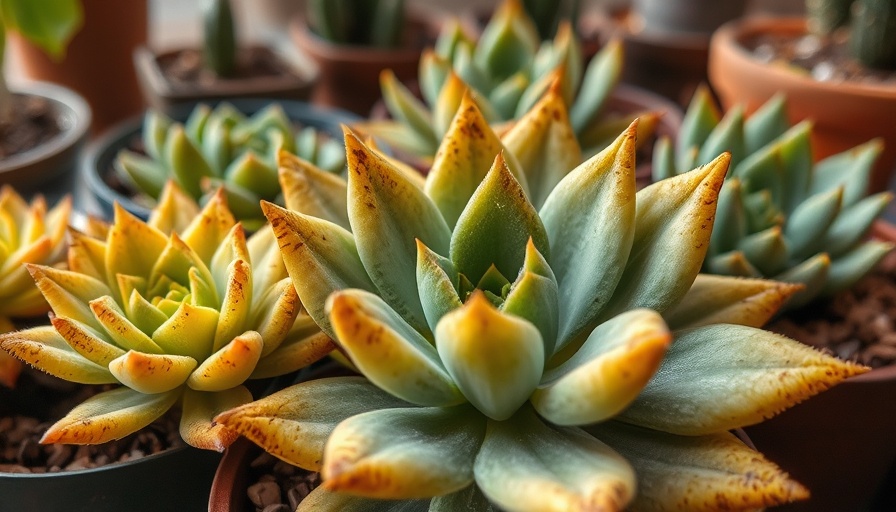
Transform Your Balcony with Shrubs That Climb Like Vines
If you've ever felt limited by the concrete confines of a city, you're not alone. For residents of Metro Vancouver, balcony space can be a precious commodity, and the desire to breathe life into these small areas is paramount. Instead of traditional vines, imagine a garden that explodes with color and texture through climbing shrubs. These remarkable plants, some of which mimic vines, can envelop your outdoor spaces and provide stunning vertical gardens.
In 16 Shrubs that Climb Like a Vine, the video showcases a variety of shrubs that can add vibrant life to your outdoor space, inspiring our deeper analysis.
Your Guide to Climbing Shrubs
The video titled 16 Shrubs that Climb Like a Vine gives insights into how shrubs can be utilized to create lush vertical gardens. From vibrant blooms to lush greenery, the list offers an array of choices. One standout is the Bougainvillea, a true showstopper known for its bright, papery blooms — perfect for adding a splash of color to any dull wall or fence. Give it a pillar or trellis and watch it flourish.
Creating Beautiful Vertical Gardens on Your Balcony
Whether you have a small balcony or a spacious atrium, employing these climbing shrubs can significantly enhance your outdoor aesthetics. The Cape Plumbago is another beauty that can be trained to flow gracefully along your patio wall, offering sky-blue blooms that are both charming and delightful.
For those seeking something evergreen, the Emerald Gay Euonymus starts slowly but transforms into a climbing powerhouse with its vibrant, variegated leaves. A little support and attention to sunlight can yield dazzling results.
Benefits of Choosing Climbing Shrubs
Climbing shrubs provide numerous advantages for urban gardeners. Firstly, they can cover unsightly views, transforming your balcony into an oasis of beauty and privacy. Perfect for smaller spaces, they can create a lush environment without the need for sprawling ground plants.
Imagine enjoying the flutter of bees or hummingbirds drawn to the Firethorn, with its striking berries, or the tropical charm of Tacoma with its yellow trumpet flowers. These additions engage both your senses and your desire for a bit of nature amid the concrete landscape.
Low-Maintenance Beauty for Busy Urbanites
Busy lives call for low-maintenance solutions, and climbing shrubs fit the bill perfectly. The Salt Bush, which thrives in full sun and requires minimal upkeep, is ideal for anyone looking to maximize beauty without being overwhelmed by garden tasks.
Likewise, Fuchsia can be trained to climb while providing bursts of color, proving that you don’t have to sacrifice style for ease of care.
Actionable Insights for Your Gardening Adventure
So how do you get started? Research the climbing shrubs that best suit your balcony’s orientation and climate. Consider the sun exposure, and choose varieties that will thrive well in your specific conditions. Incorporate decorative planters and structures to give them the right support to reach new heights.
No matter how big or small your balcony may be, the shrub climbing options available can turn it into a colorful retreat. As you explore visually enchanting solutions, remember to keep experimenting with different varieties until you find the right mix that excites you and your space.
If you're looking to cultivate a stunning balcony garden filled with climbing shrubs, keeping options open and exploring creative layouts will enable you to maximize your space. Visiting local nurseries and farms, or even seeking advice from garden experts can provide you with invaluable tips tailored to the unique flora of the Metro Vancouver area. Enjoy the journey of bringing your outdoor vision to life!
 Add Row
Add Row  Add
Add 




Write A Comment